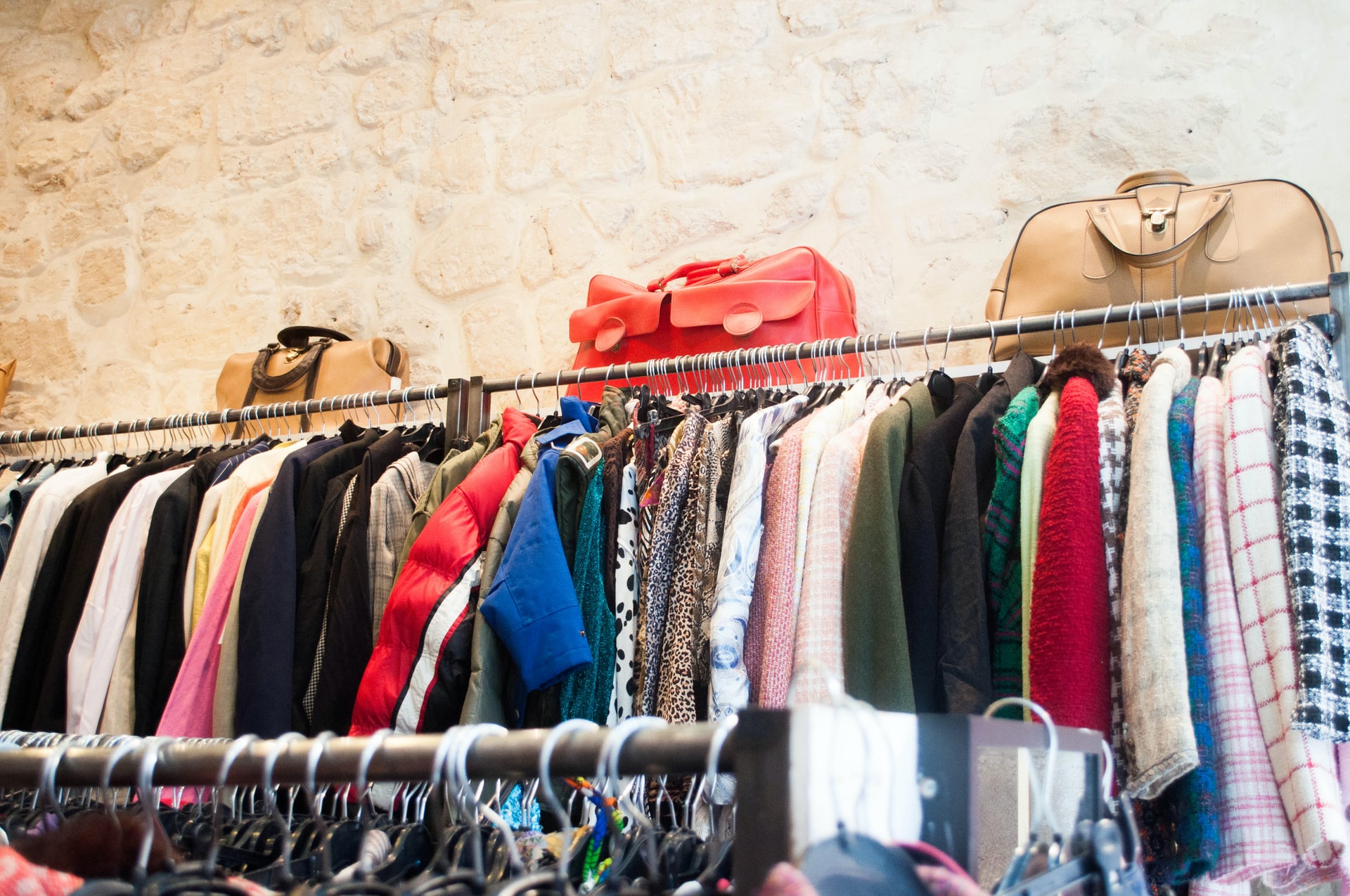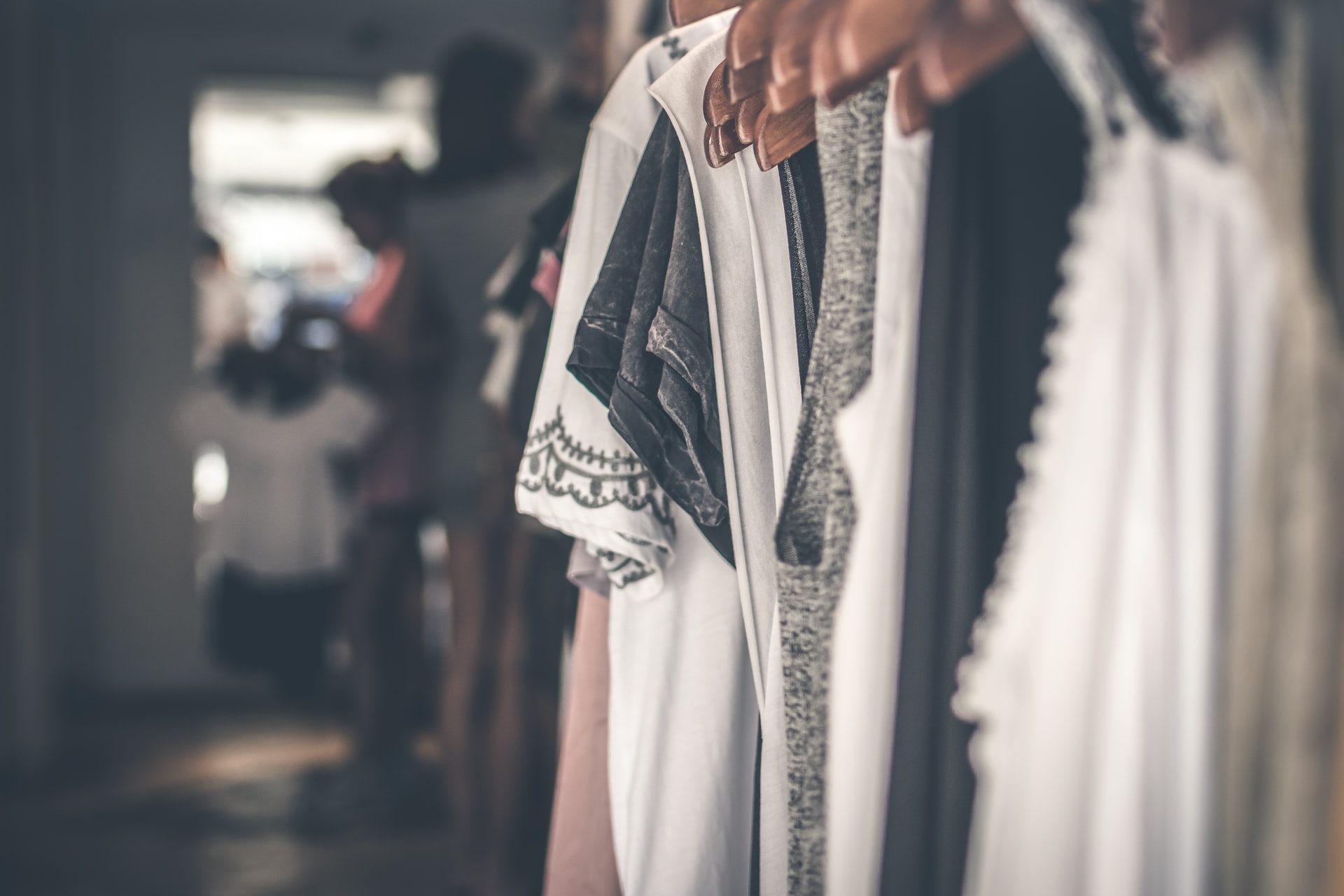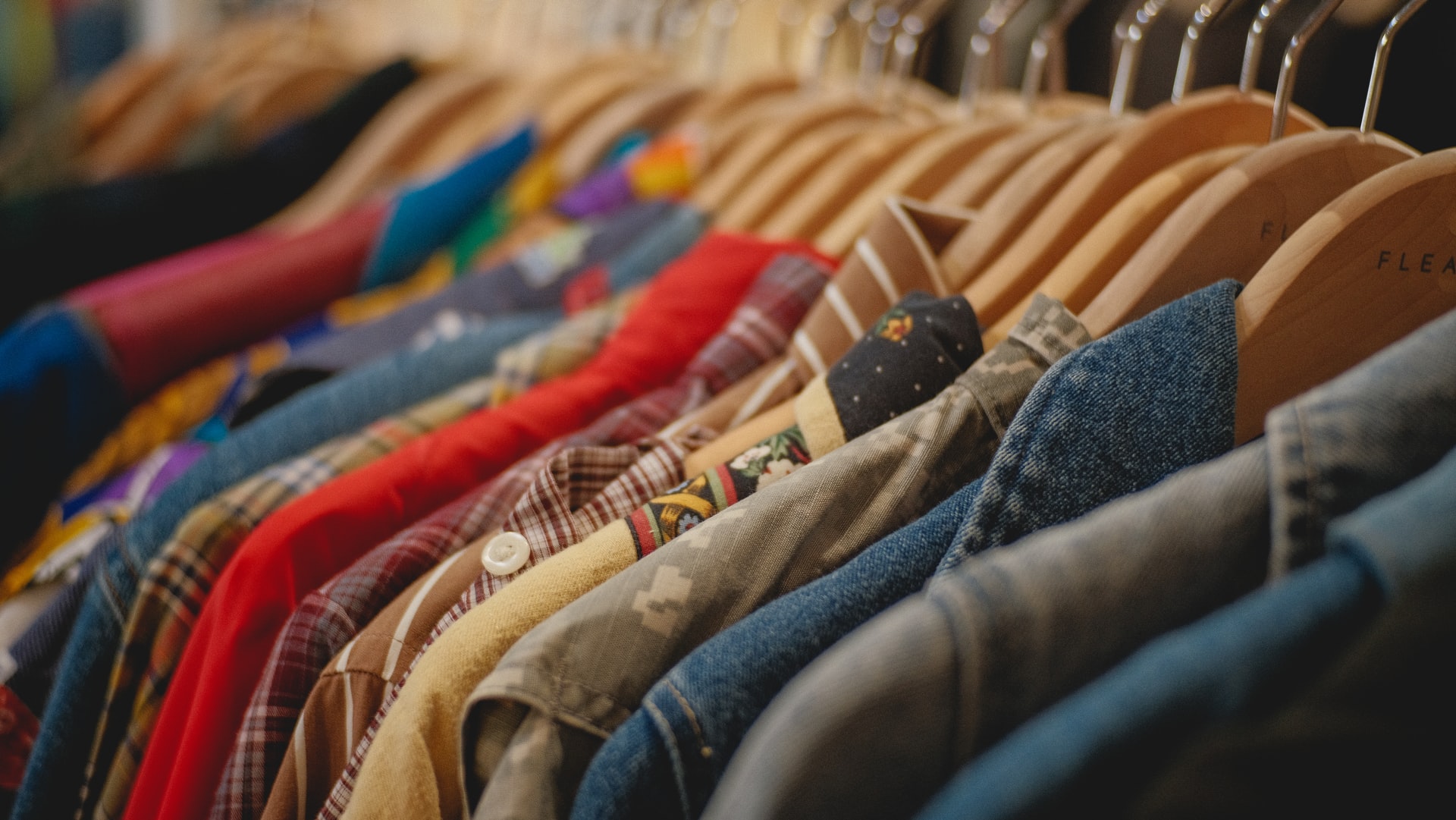
Tips and Tricks For Choosing The Right Blouse
A well-made shirt allows the wearer to experiment with numerous top patterns, fabrics, and embellishments to reflect their personal style. A plain solid-color blouse can be replaced with an embroidered blouse in a contrasting color to your saree or lehenga to entirely change the look of the ensemble. Choosing the wrong blouse pattern, fabric, or color, on the other hand, might be disastrous and spoil the whole look of the outfit. Here’s how to create the perfect hanfu top for any outfit and occasion by adjusting every component of the garment for the most flattering result.
Step 1: Selecting a Design and Adding Embellishments
The first step in the blouse-making procedure is to decide on the style of each of the blouse’s components. To mention a few, these aspects are the neckline, sleeves, length, and cut of the shirt. It will help us choose the appropriate style for your blouse if you have a concept of the overall mood you want to achieve with the outfit. Images of blouse designs you like, the occasion’s dress code, your body shape, and the weather can all aid us in narrowing down the final design aspects of the blouse. For example, a round neckline with elbow-length sleeves is ideal for a traditional temple wedding, whereas an off-shoulder top is appropriate for a party wear lehenga. Here are some pointers on how to choose your blouse’s major design components.
Because they tend to grab the most attention, the front and rear necklines of the blouse are undoubtedly the most significant design features. You might choose necklines that are similar in design for the front and back, or you can go for a statement front or rear neckline while keeping the other basic.
The round neck, the V-neck, the Square neck, and the U-neck are all conservative front neckline alternatives with depth that can be modified to your desire. A high neck, a Queen Anne neckline, or a Mandarin neckline can bring vintage elegance to a shirt, while a sweetheart neckline or a halter neck is the greatest way to show off your collarbones.
A statement back neckline can make your blouse stand out in an alluring way if your pallu or dupatta does not cover your back or is sheer. If you want to show off your back, you can experiment with different string styles, such as a cross-stringed design or a double dori.
 A keyhole back is also a great statement piece that may be modified depending on the amount of coverage you want. If you don’t want to expose your skin but yet want your shirt to be a show-stopper, a sheer illusion back is a terrific option.
A keyhole back is also a great statement piece that may be modified depending on the amount of coverage you want. If you don’t want to expose your skin but yet want your shirt to be a show-stopper, a sheer illusion back is a terrific option.
If you have a nice set of collar bones, why not show them off with an off-shoulder blouse? A bandeau, one-shoulder blouse, or a shirt with spaghetti straps will bring attention to your neck and shoulders, and a bold choker necklace will complete the look.
If your saree or lehenga skirt is basic or has subtle pattern elements, a statement sleeve style might liven up your look. Bell or flounce sleeves can give the outfit an antique feel, while airy cape sleeves or butterfly sleeves provide a fanciful aspect while also hiding the upper arms. Cap sleeves, on the other hand, will look great if you have toned arms that you want to show off. If you have thin arms and toned shoulders, puff or balloon sleeves will look great on you, whilst tulip and ruffle sleeves slim the arms while still looking feminine.
Remember to keep the lehenga skirt and blouse in proportion — if your lehenga has too much can-can, opt for simpler sleeves to avoid seeming excessively poofy. If you’re going to perform rituals near a fire, you might want to avoid long and flowy statement sleeves on your wedding lehenga blouses, since you don’t want the fabric to come into contact with the flame.
The ideal sleeve length for your blouse is determined by a number of factors. First and foremost, you must decide whether you want to show off your upper arms or not, as some individuals prefer sleeves that conceal this area. Second, the way you plan to drape your saree or dupatta will give you a good indication of how much of your sleeves will show through. In terms of temperature and dress regulations, you could choose to go with cap sleeves or a sleeveless shirt for daytime, summer events, and 3/4th or bracelet sleeves for winter events or traditional dress code formal events.
The length of the blouse should be set by your body shape while keeping the lower and upper sections of the ensemble balanced.
If you want to attract attention away from your waistline, choose a long blouse that will make you appear thinner. If your lehenga or skirt has a high waist, you can wear a crop top style shirt to make your legs appear longer, or you can wear a bustier-style to show off your curves and make your torso appear longer. A typical blouse length of 14-16 inches is a safe choice with a mid-waisted lehenga, skirt, or saree, as it does not draw too much attention to the waist region and gives adequate coverage.
Now is the moment to decide whether you want a padded or unpadded blouse. While padded blouses save time by eliminating the need for a bra, if they don’t fit properly, they can result in a wardrobe disaster. Here are some pointers from our designers on how to create the perfect padded blouse design.
The cut of a blouse refers to how the fabric is cut to get the appropriate form in the breast area, which essentially means that different cuts have varied visible seam placement in the bust region.
Depending on how much you want to highlight the breast area, you can choose from the most popular cut, the princess cut, or single dart or half katori. Request that our designer recommend the ideal cut for your body type and clothing.
The blouse’s opening refers to the location of the zippers, hooks, or fasteners. Ideally, the front, side, or back opening should be chosen so that the hooks or zippers are hidden by the pallu, although decorative buttons or zippers can also be included to enhance the blouse’s beauty. In addition, if the embellishments or embroidery are on the front half of the shirt, the opening is usually added at the back or sides, and vice versa.
You can even go for modern-day concealed zippers that don’t obstruct the style and don’t leave holes in the fastening like old buttons or hooks do.
Embellishments bring vitality to basic fabric and can turn a plain blouse into a show-stopper. Custom embroidery or borders can be added to your blouse to give it a regal touch for a special occasion. Latkans or tassels at the back of the blouse, on the other hand, give a wedding lehenga a young feel.
Bead hangings, tassels, and fringes can also be added to the sleeve borders, which adds to the blouse’s attractiveness while being less expensive than embellishments or stitching all over the blouse. Here are some examples of how to make a striking shirt with decorations.
Step 2: Choose a Fabric
Fabric selection and design finalization usually go hand in hand. For a statement appearance, you can use the blouse material that comes with your saree or lehenga, mix it with another fabric, or choose a different fabric entirely. If you’re buying the blouse fabric separately, stay away from stiff or hard fabrics; otherwise, the blouse will look to be raised off the body. The best fabrics for the blouse are silk and cotton. To add some diversity to your Saree or Lehenga, you could use a Printed Fabric or a Brocade Fabric. Allow our designer to assist you in selecting the most appropriate fabric for the weather and event, as well as a fabric that complements the rest of your clothing.
It’s also crucial to choose the right color palette for the blouse fabric, so you don’t wind up with a mismatched color palette. Use your designer’s advice to pick the perfect contrasting or complementary color for your blouse.
You may also have it dyed in a specific color — choose any color from the Dye Shade Card and we’ll dye it in that precise hue. We hire a professional dyer who uses Premium Quality Dye and Cutting-Edge Techniques to ensure that the color is vibrant, long-lasting, and won’t fade after multiple washing.
Fabric for the Lining
If necessary, the designer can also suggest a suitable lining for the blouse. If the fabric is thin and translucent, such as georgette, or incorporates prickly embroidery or sequin work, a lining is required.
A soft fabric, such as cotton or linen, is ideal; however, cotton must be pre-washed to avoid the shirt shrinking later, whereas linen does not shrink and should be chosen if you are in a hurry to get the blouse made. Our Boutique saves our customers time and effort by always using pre-shrunk top quality lining.
Measurement and Fittings (Step 3)
One of the most common fashion faux pas is wearing an ill-fitting blouse. No matter how high-quality the fabric and embellishments are, cups that don’t sit right, sagging fabric, or sleeves that are a little too tight can entirely ruin the aesthetic of the top.
While we ensure that your measures are taken correctly, it is your responsibility to ensure that you are ready for your measurements and that you arrive prepared for your fitting sessions. Here’s some advice on how to go about it.
 The Boutique at Lavender follows components of blouse construction to ensure that you always obtain a Perfect Fitting blouse with a superior finish that is sturdy and lasts longer.
The Boutique at Lavender follows components of blouse construction to ensure that you always obtain a Perfect Fitting blouse with a superior finish that is sturdy and lasts longer.
1. A Complete Fit Profile
With a detailed 15-Point Fit Profile that is fully unique to your body, we adapt the fit of the blouse to your individual dimensions. This ensures a real natural fit, with no sagging shoulders, tight armholes, or unsightly creasing or flattening of the chest that might occur with normal tailor-like measures. When getting measured, we also recommend wearing the appropriate undergarments to ensure the most precise measurements for a Perfect Fit.
2. A professional seamstress is someone who sews for a living.
You may not be able to picture how deep the front and back necklines will be, and as a result, you may be unhappy with the style of the blouse once it has been stitched. By having a professional seamstress take your measurements, we can completely avoid this issue. She will clearly point out each measurement of the blouse to you, as well as show you where the necklines will fall on the front and back, to verify that the length and depth of the blouse are to your liking.
3. Trims to International Standards
We use international quality bra cups for padded blouses, similar to those used by top manufacturers like Jockey and Enamour. For further durability, we employ export-quality zippers and threads. The inside lining is always a double lining that has been pre-shrunk to prevent the shirt from losing its form after washing and to increase its durability. For a smooth finish and fit, we utilize high-quality crepe lining instead of normal cotton lining for thin or light-colored fabrics.
4. Construction of Superior Quality
In our in-house, quality-controlled production line, your thorough Fit profile is professionally pattern cut and precisely made. Fusing is done before completing, which adds strength and stability to your blouse while also improving its shape and crease resistance. If you choose an embroidered shirt, we make sure not only that the embroidery is neat and free of hanging threads, but that none of the knots or stitches on the inside of the blouse are irritating to the skin.
We are glad to claim that we have mastered the art of making your blouse feel like second skin, thanks to our meticulous attention to detail and years of experience. After numerous washes, your blouse will appear as good as new, with no color fading or shrinkage, thanks to the use of high-quality materials and skilled procedures. So, whether you’re a bride-to-be or preparing to attend a special event, contact us if you need a custom-made blouse for an eye-catching ensemble.


